A Comprehensive Mathematical and System-Level Analysis of Autonomous Vehicle Timelines
Integrating Complexity Theory, Reliability Growth, and ODD Modeling
Paul Perrone – Founder/CEO, Perrone Robotics, Inc.
December 31, 2024
Abstract
Fully autonomous vehicles (AVs) continue to spark immense global interest, yet predictions on when they will operate safely and broadly remain heavily debated. This paper synthesizes two distinct research traditions—computational complexity and algorithmic constraints versus reliability growth modeling and real world testing—to form an integrated, quantitative timeline for future AV deployment. We propose a mathematical framework that unifies NP-hard multi-agent path planning analyses, high-performance computing (HPC) projections, and extensive Crow-AMSAA reliability growth calculations, factoring in operational design domain (ODD) variations, severity, and partial vs. full domain restrictions.
Through category-specific case studies (e.g., consumer automotive, robo-taxis, highway trucking, industrial and defense applications), we show how combining HPC limitations, safety demonstration requirements, production/regulatory hurdles, and parallel/serial test strategies can push out the horizon for universal Level 5 deployment by up to several decades. Conversely, more constrained ODDs—like fenced industrial sites or specialized defense operations—may see autonomy reach commercial viability in the near-to-medium term.
Our findings illustrate that while targeted domains can achieve automated service sooner, widespread driverless vehicles handling every environment remain far from realized. This paper thus offers a unique and rigorous perspective on why AV timelines extend well beyond short-term optimism, underscoring how each dimension of complexity and reliability imposes its own multi-year delays. By quantifying these constraints and exploring potential accelerators (e.g., advanced AI hardware, infrastructure upgrades), we provide a structured baseline for researchers, policymakers, and industry stakeholders to more accurately map their expectations and investments in autonomous vehicle technology.

